本篇主要讲解从机数据的接收流程。接收流程分为两个阶段:串口中断接收和数据解析。
第二阶段:数据解析eMBPoll( )。
一、串口中断接收
从机正常状态下,串口设置为接收中断模式,也不启动定时器。当检测到有数据时,中断函数调用xMBRTUReceiveFSM()函数,通过该函数中的ucRTUBuf数组存储接收帧,用usRcvBufferPos存储数据帧长度。具体函数:
1、中断接收函数。
void UART1_IRQ(void)
{
IF(USART_GetITStatus(USART1,USART_IT_TXE))
{
pxMBFrameCBTransmitterEmpty( );
}
else if(USART_GetITStatus(USART1,USART_IT_RXNE))//接收中断
{
pxMBFrameCBByteReceived( );//pxMBFrameCBByteReceived = xMBRTUReceiveFSM;
}
}
2、xMBRTUReceiveFSM()函数。RTU接收状态函数。只要进人该函数,就会启动定时器中断。
从机的接收状态:
(1)STATE_RX_INIT(协议栈初始化);
(2)STATE_RX_ERROR(接收错误);
(3)STATE_RX_IDLE(接收空闲,接收帧头,常用);
(4)STATE_RX_RCV(接收所有数据,常用)。
注意:接收数据时,只要接收到数据,定时器就会清零,重新计数。
BOOL
xMBRTUReceiveFSM( void )
{
BOOL xTaskNeedSwitch = FALSE;
UCHAR ucByte;
assert( eSndState == STATE_TX_IDLE );
( void )xMBPortSerialGetByte( ( CHAR * ) & ucByte );
switch ( eRcvState )
{
/* If we have received a character in the init state we have to
*/
case STATE_RX_INIT:
vMBPortTimersEnable( );
break;
/* In the error state we wait until all characters in the
* damaged frame are transmitted.
*/
case STATE_RX_ERROR:
vMBPortTimersEnable( );
break;
/* In the idle state we wait for a new character. If a character
* is received the t1.5 and t3.5 timers are started and the
* receiver is in the state STATE_RX_RECEIVCE.
*/
case STATE_RX_IDLE:
usRcvBufferPos = 0;
ucRTUBuf[usRcvBufferPos++] = ucByte;
eRcvState = STATE_RX_RCV;
/* Enable t3.5 timers. */
vMBPortTimersEnable( );
break;
/* We are currently receiving a frame. Reset the timer after
* every character received. If more than the maximum possible
* number of bytes in a modbus frame is received the frame is
* ignored.
*/
case STATE_RX_RCV:
if( usRcvBufferPos < MB_SER_PDU_SIZE_MAX )
{
ucRTUBuf[usRcvBufferPos++] = ucByte;
}
else
{
eRcvState = STATE_RX_ERROR;
}
vMBPortTimersEnable( );
break;
}
return xTaskNeedSwitch;
}
二、数据解析
涉及到的函数 eMBPoll、eMBRTUReceive和xFuncHandlers[i]是结构体数组。
1、eMBPoll函数。eMBPoll函数调用eMBRTUReceive和xFuncHandlers[i]结构体数组。
eMBErrorCode
eMBPoll( void )
{
static UCHAR *ucMBFrame;
static UCHAR ucRcvAddress;
static UCHAR ucFunctionCode;
static USHORT usLength;
static eMBException eException;
int i;
eMBErrorCode eStatus = MB_ENOERR;
eMBEventType eEvent;
/* Check if the protocol stack is ready. */
if( eMBState != STATE_ENABLED )
{
return MB_EILLSTATE;
}
/* Check if there is a event available. If not return control to caller.
* Otherwise we will handle the event. */
if( xMBPortEventGet( &eEvent ) == TRUE )
{
switch ( eEvent )
{
case EV_READY:
break;
case EV_FRAME_RECEIVED:
eStatus = peMBFrameReceiveCur( &ucRcvAddress, &ucMBFrame, &usLength );
if( eStatus == MB_ENOERR )
{
/* Check if the frame is for us. If not ignore the frame. */
if( ( ucRcvAddress == ucMBAddress ) || ( ucRcvAddress == MB_ADDRESS_BROADCAST ) )
{
( void )xMBPortEventPost( EV_EXECUTE );
}
}
break;
case EV_EXECUTE:
ucFunctionCode = ucMBFrame[MB_PDU_FUNC_OFF];//把接收的数据传递给ucFunctionCode
eException = MB_EX_ILLEGAL_FUNCTION;
for( i = 0; i < MB_FUNC_HANDLERS_MAX; i++ )
{
/* No more function handlers registered. Abort. */
if( xFuncHandlers[i].ucFunctionCode == 0 )
{
break;
}
else if( xFuncHandlers[i].ucFunctionCode == ucFunctionCode )//查询匹配的功能码,
{
eException = xFuncHandlers[i].pxHandler( ucMBFrame, &usLength );//调用相应的功能函数
break;
}
}
/* If the request was not sent to the broadcast address we
* return a reply. */
if( ucRcvAddress != MB_ADDRESS_BROADCAST )
{
if( eException != MB_EX_NONE )//如果接收有问题
{
/* An exception occured. Build an error frame. */
usLength = 0;
ucMBFrame[usLength++] = ( UCHAR )( ucFunctionCode | MB_FUNC_ERROR );//功能码与0x80或之后的为 //异常码
ucMBFrame[usLength++] = eException;//非法功能代码
}
if( ( eMBCurrentMode == MB_ASCII ) && MB_ASCII_TIMEOUT_WAIT_BEFORE_SEND_MS )
{
vMBPortTimersDelay( MB_ASCII_TIMEOUT_WAIT_BEFORE_SEND_MS );
}
eStatus = peMBFrameSendCur( ucMBAddress, ucMBFrame, usLength );//发送数据
}
break;
case EV_FRAME_SENT:
break;
}
}
return MB_ENOERR;
}
2、peMBFrameReceiveCur() //数据帧接收函数指针
3、主要讲一下xFuncHandlers[i],它是结构体数组,存放的是功能码以及对应的报文解析函数。
typedef struct { UCHAR ucFunctionCode; pxMBFunctionHandler pxHandler; } xMBFunctionHandler;
static xMBFunctionHandler xFuncHandlers[MB_FUNC_HANDLERS_MAX] = {
#if MB_FUNC_OTHER_REP_SLAVEID_ENABLED > 0
{MB_FUNC_OTHER_REPORT_SLAVEID, eMBFuncReportSlaveID},
#endif
#if MB_FUNC_READ_INPUT_ENABLED > 0
{MB_FUNC_READ_INPUT_REGISTER, eMBFuncReadInputRegister},
#endif
#if MB_FUNC_READ_HOLDING_ENABLED > 0
{MB_FUNC_READ_HOLDING_REGISTER, eMBFuncReadHoldingRegister},
#endif
#if MB_FUNC_WRITE_MULTIPLE_HOLDING_ENABLED > 0
{MB_FUNC_WRITE_MULTIPLE_REGISTERS, eMBFuncWriteMultipleHoldingRegister},
#endif
#if MB_FUNC_WRITE_HOLDING_ENABLED > 0
{MB_FUNC_WRITE_REGISTER, eMBFuncWriteHoldingRegister},
#endif
#if MB_FUNC_READWRITE_HOLDING_ENABLED > 0
{MB_FUNC_READWRITE_MULTIPLE_REGISTERS, eMBFuncReadWriteMultipleHoldingRegister},
#endif
#if MB_FUNC_READ_COILS_ENABLED > 0
{MB_FUNC_READ_COILS, eMBFuncReadCoils},
#endif
#if MB_FUNC_WRITE_COIL_ENABLED > 0
{MB_FUNC_WRITE_SINGLE_COIL, eMBFuncWriteCoil},
#endif
#if MB_FUNC_WRITE_MULTIPLE_COILS_ENABLED > 0
{MB_FUNC_WRITE_MULTIPLE_COILS, eMBFuncWriteMultipleCoils},
#endif
#if MB_FUNC_READ_DISCRETE_INPUTS_ENABLED > 0
{MB_FUNC_READ_DISCRETE_INPUTS, eMBFuncReadDiscreteInputs},
#endif
};
以功能码04为例,读取输入寄存器。
eMBException
eMBFuncReadInputRegister( UCHAR * pucFrame, USHORT * usLen )
{
USHORT usRegAddress;
USHORT usRegCount;
UCHAR *pucFrameCur;
eMBException eStatus = MB_EX_NONE;
eMBErrorCode eRegStatus;
if( *usLen == ( MB_PDU_FUNC_READ_SIZE + MB_PDU_SIZE_MIN ) )//计算帧长度,除了地址位和两位的crc校验位
{
usRegAddress = ( USHORT )( pucFrame[MB_PDU_FUNC_READ_ADDR_OFF] << 8 );//读取寄存器的首地址
usRegAddress |= ( USHORT )( pucFrame[MB_PDU_FUNC_READ_ADDR_OFF + 1] );
usRegAddress++;
usRegCount = ( USHORT )( pucFrame[MB_PDU_FUNC_READ_REGCNT_OFF] << 8 );//计算读取寄存器的长度
usRegCount |= ( USHORT )( pucFrame[MB_PDU_FUNC_READ_REGCNT_OFF + 1] );
/* Check if the number of registers to read is valid. If not
* return Modbus illegal data value exception.
*/
if( ( usRegCount >= 1 )
&& ( usRegCount < MB_PDU_FUNC_READ_REGCNT_MAX ) )//读取寄存器的长度不越界
{
/* Set the current PDU data pointer to the beginning. */
pucFrameCur = &pucFrame[MB_PDU_FUNC_OFF];//把数据帧赋值给pucFrameCur
*usLen = MB_PDU_FUNC_OFF;
/* First byte contains the function code. */
*pucFrameCur++ = MB_FUNC_READ_INPUT_REGISTER;//
*usLen += 1;
/* Second byte in the response contain the number of bytes. */
*pucFrameCur++ = ( UCHAR )( usRegCount * 2 );
*usLen += 1;
eRegStatus =
eMBRegInputCB( pucFrameCur, usRegAddress, usRegCount );
/* If an error occured convert it into a Modbus exception. */
if( eRegStatus != MB_ENOERR )
{
eStatus = prveMBError2Exception( eRegStatus );
}
else
{
*usLen += usRegCount * 2;
}
}
else
{
eStatus = MB_EX_ILLEGAL_DATA_VALUE;
}
}
else
{
/* Can't be a valid read input register request because the length
* is incorrect. */
eStatus = MB_EX_ILLEGAL_DATA_VALUE;
}
return eStatus;
}
eMBErrorCode
eMBRegInputCB( UCHAR * pucRegBuffer, USHORT usAddress, USHORT usNRegs )
{
eMBErrorCode eStatus = MB_ENOERR;
int iRegIndex;
if( ( usAddress >= REG_INPUT_START )
&& ( usAddress + usNRegs <= REG_INPUT_START + REG_INPUT_NREGS ) )
{
iRegIndex = ( int )( usAddress - REG_INPUT_START );
while( usNRegs > 0 )
{
*pucRegBuffer++ =
( unsigned char )( usRegInputBuf[iRegIndex] >> 8 );
*pucRegBuffer++ =
( unsigned char )( usRegInputBuf[iRegIndex] & 0xFF );
iRegIndex++;
usNRegs--;
}
}
else
{
eStatus = MB_ENOREG;
}
return eStatus;
}
以上就是整个接收数据、解析数据的过程。
来源:csdn博客 萧年已逝;在此特别鸣谢!
来源:csdn博客 萧年已逝;在此特别鸣谢!
 电子发烧友App
电子发烧友App









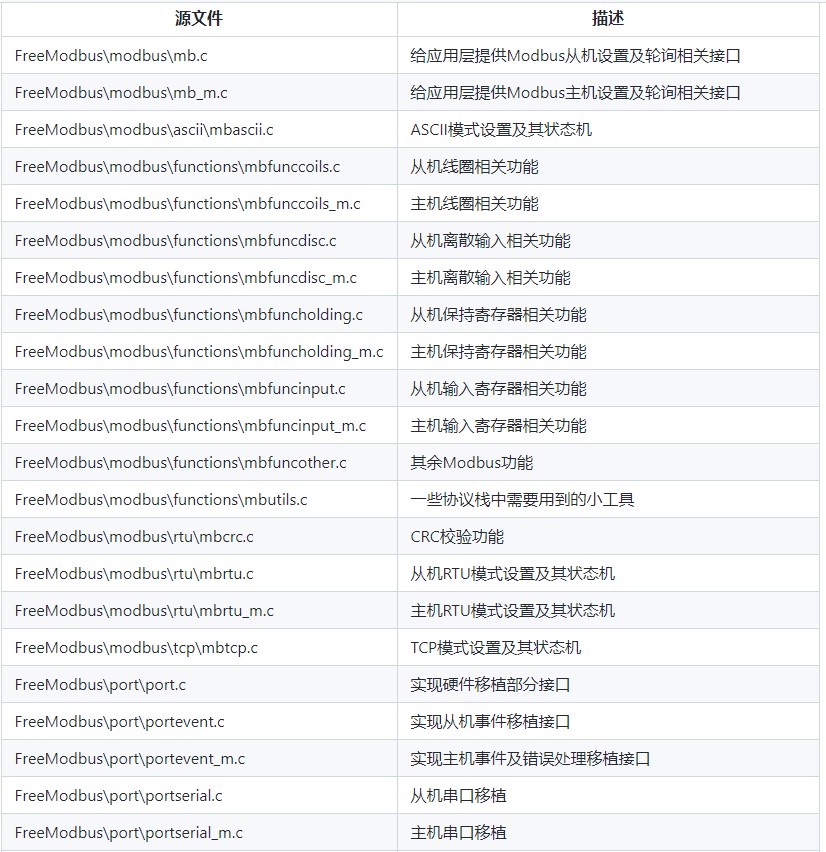

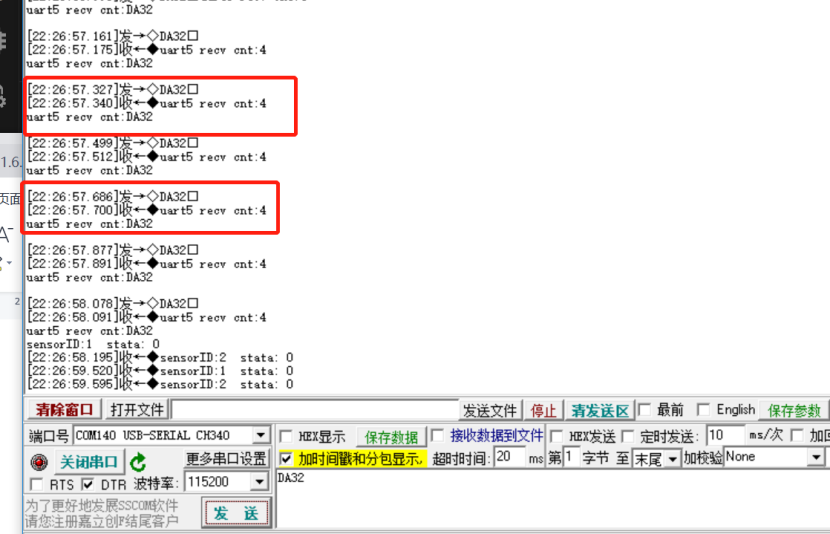

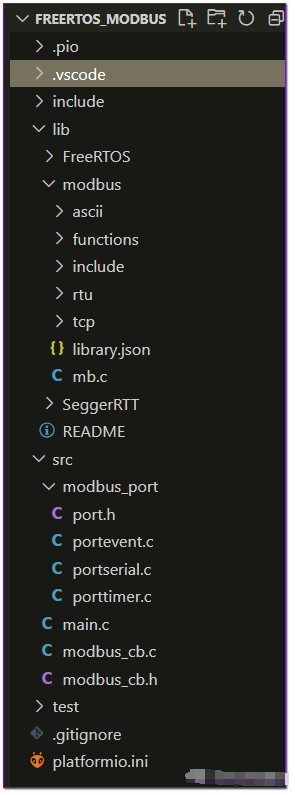
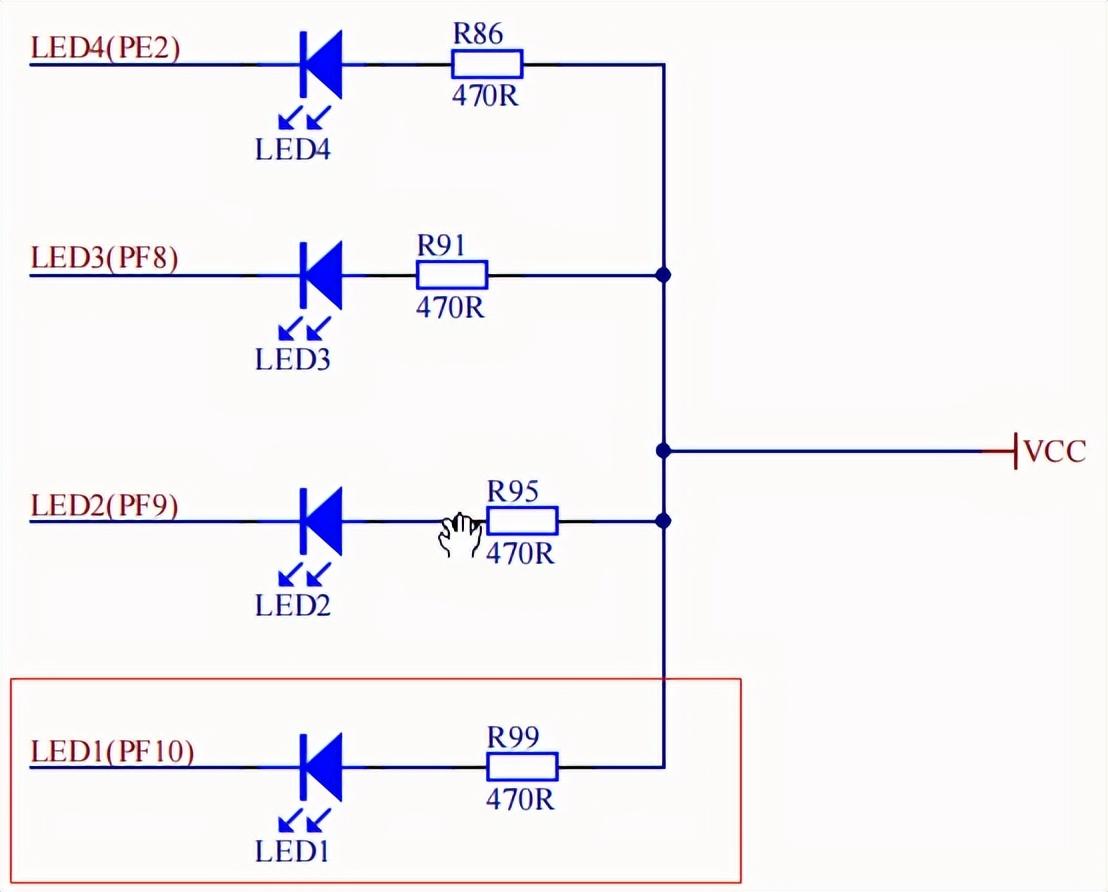

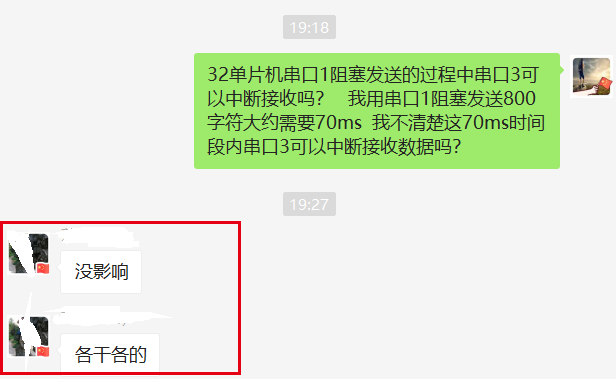










评论